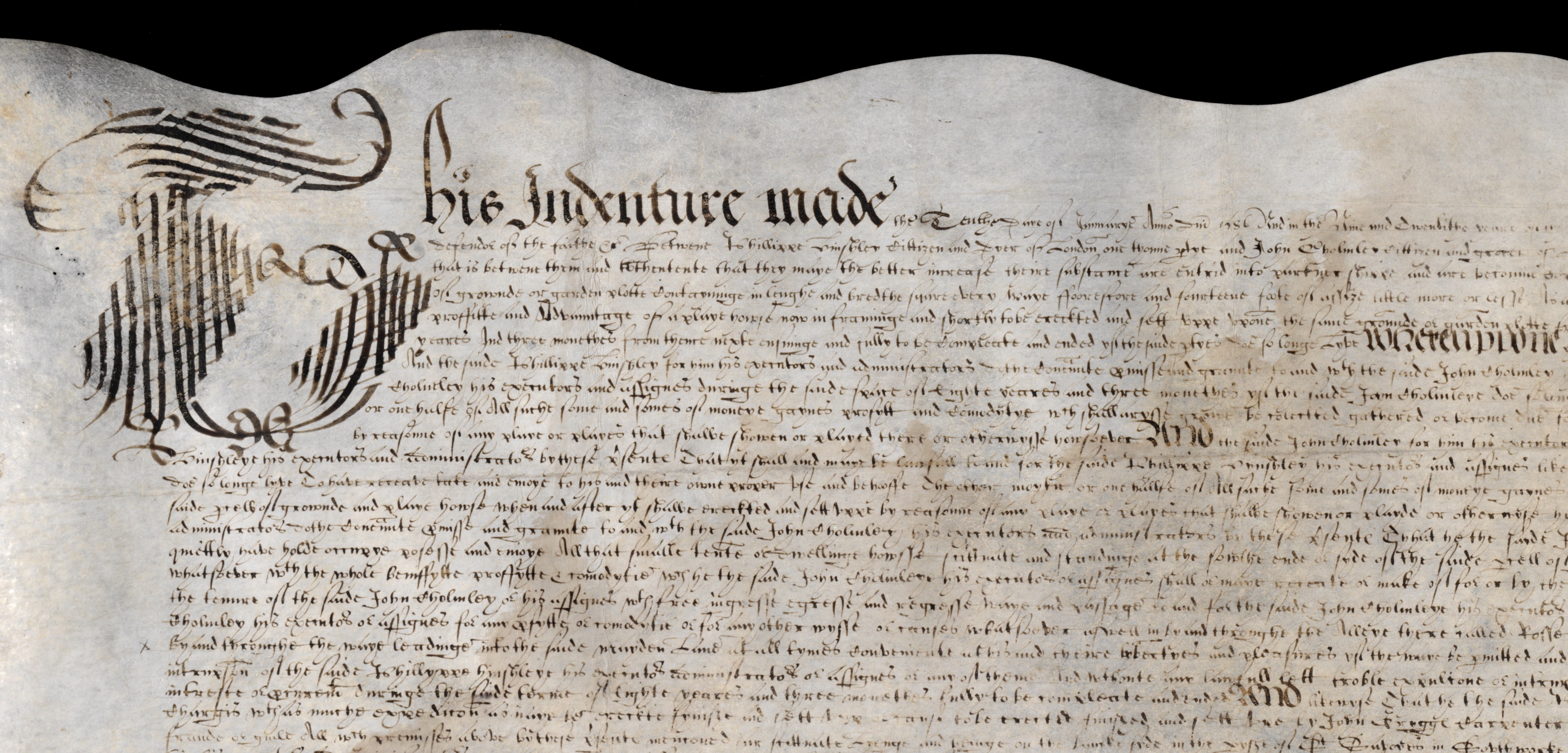When quoting or citing playtexts the earliest available sources have been cited, which are all freely available to view online. The convention in early modern printing was more commonly to use folio or signature indicators—for example, A1r, B3r, C4v: where the letter identifies the section (or quire) in the book; the number gives the leaf (or folio) within this section, and recto (r) designates the front and verso (v) the back of the leaf or page. Publication dates are given as they are found on the title page.
For playtexts, the year of the first performance of a play, if known, has been given in square brackets.
For early books, the Short-Title Catalogue (STC 2nd edn) number has been given in the citation (A. W. Pollard and G. R. Redgrave, eds. A Short-Title Catalogue of Books Printed in England, Scotland and Ireland, and of English Books Printed Abroad 1475–1640. 2nd edition. London: The Bibliographical Society).
When quoting manuscripts, where leafs or folios are un-sectioned in the original, the number is preceded by ‘f.’ or ‘ff.’, e.g. f. 7v.
Spelling and punctuation have been maintained rather than modernised to provide the reader with the flavour and qualities of the original.
Cross-referencing to figures and other sections has been given in square brackets, for example (fig. 16 [4.2.2]) refers to figure 16, Philip Henslowe’s contract for the Fortune playhouse, which can be found in section 4.2.2.
Embedded weblinks re-direct readers to the ‘Henslowe-Alleyn Digitisation Project’ (https://www.henslowe-alleyn.org.uk/), a free electronic archive that makes available in digital format the original manuscripts pertaining to Philip Henslowe and his Rose playhouse: the deed of partnership, the contract for the Fortune playhouse, and Henslowe’s ‘Diary’.
